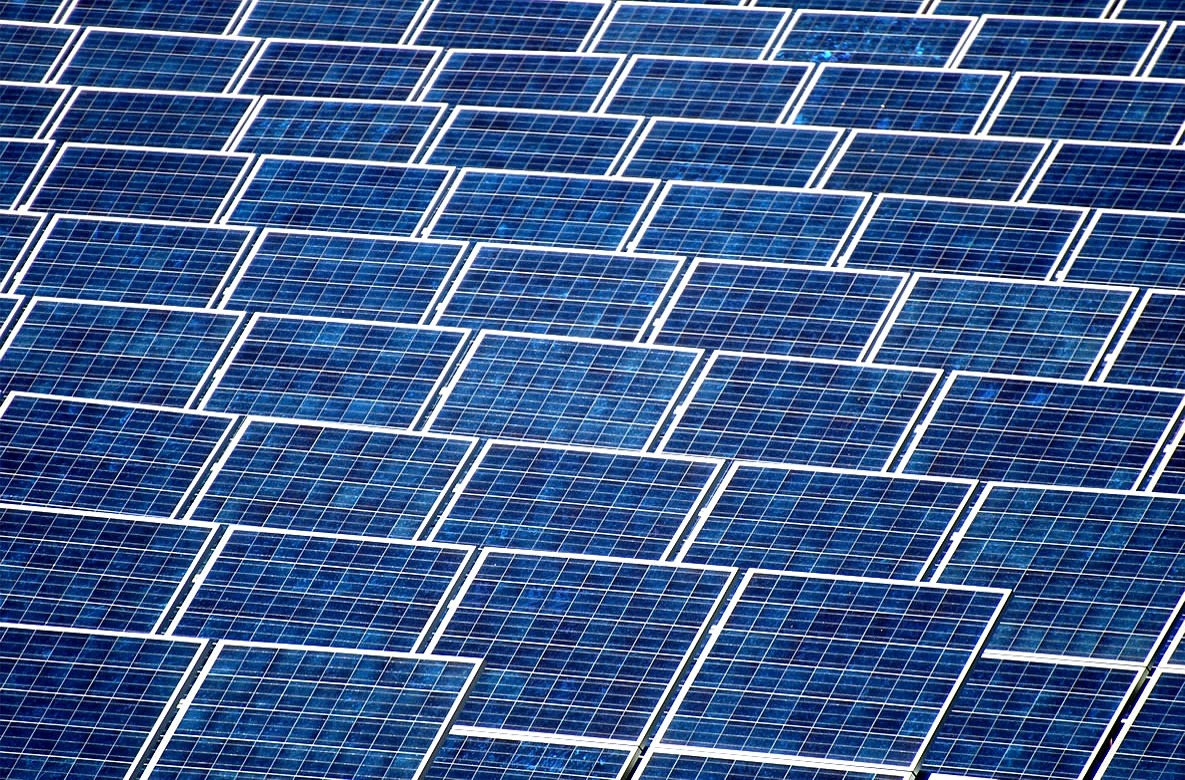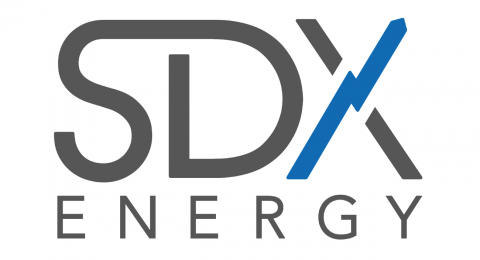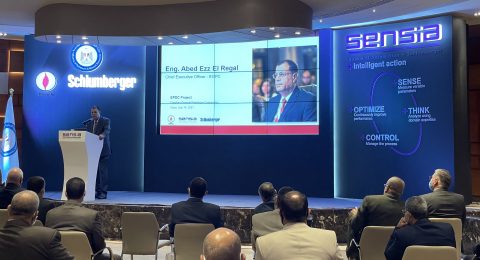U.S. investors are keying in on Chinese solar manufacturers as a way to profit from the slowdown in the world’s second-largest economy.
Traders have sold short 22 percent of JinkoSolar Holding Co.’s American depositary receipts, the second-most among U.S.-listed Chinese stocks, according to data compiled by Markit and Bloomberg. Trina Solar Ltd. has the third-most bearish bets, amounting to 12 percent of outstanding shares. JA Solar Holdings Co. is fourth at 11 percent.
Short sellers, who make money from stock declines, have been moving in on solar manufacturers amid slowing growth in electricity usage that is casting doubt on the ability to achieve the installation goals China has established for the renewable energy. About 9 percent of solar capacity was unused in the first half of 2015 as the government halted power flows from panels for the first time due to congestion in the power grid, the National Energy Administration said last week.
There is “skepticism on China government policy initiatives and the ability to achieve the solar targets they have set,” David Smith, a portfolio manager of the GCA Sustainable Growth Fund at Greentech Capital Advisors in New York, said by e-mail. “The government typically has been slow to pay feed-in tariffs and incentives, and grid capacity to absorb high levels of solar is in question.”
China has encouraged the development of alternative energy by offering incentives including feed-in-tariffs, or above-market prices, for electricity generated by solar, wind and other renewable sources. The energy administration set a solar installation goal for 2015 at 17.8 gigawatts, compared with a plan for 14 gigawatts in 2014. The nation added 7.7 gigawatts of the renewable energy in the first half of this year, government data showed last week.
It will be difficult for China to reach the annual installation goal as the economic expansion slows, according to Angelo Zino, an equity analyst at S&P Capital IQ. Power consumption increased just 1.3 percent in the first six months of this year, trailing the country’s 7 percent expansion in gross domestic product both in the first and second quarters. The energy agency expects electricity usage to rise about 3 percent this year, according to a July 26 report by Electric Power News.
JinkoSolar tumbled 19 percent to $23.86 in July, cutting its gain in 2015 to 21 percent. Trina Solar fell 18 percent to $9.55, narrowing this year’s advance to 3.1 percent. JA Solar, which on June 5 received an offer to take the company private from a buyer group led by its top executive, slid 10 percent, pushing its annual drop to 6.4 percent.
The selloff in oil has also contributed to the share declines as it has made alternative energy less attractive, Zino said.
While there are concerns about the economic slowdown and the ability for some regions to accept solar power into the electricity grid, there was “substantial completion” of the country’s installation goal in the first half, and it still could reach the annual target, Trina’s Chief Financial Officer Teresa Tan said in an e-mailed response to questions on Friday.
“The share price (and short interest) will take care of itself over the long term” as Trina focuses on its global expansion strategy, she wrote.
JinkoSolar doesn’t comment on the trading activity in its ADRs, Jeff Bloker, the company’s U.S.-based media representative, said by e-mail. JA Solar’s Beijing-based press relations managers at ICR didn’t reply to messages seeking comment. Jinko sells for 6.3 times projected 12-month earnings, while Trina has a multiple of 8.3, and JA Solar is valued at 8.4 times. They are all below the average ratio of 12 for companies on the Bloomberg Global Large Solar Energy Index.
Short interest in JinkoSolar surged to 27 percent of its outstanding shares July 21, a 15-month high, from 15 percent at end of June, according to data from London-based Markit. Bearish bets for Trina peaked at a four-month high of 14 percent last week. JA Solar’s climbed to 13 percent in mid July.
“These are volatile names,” Zino at S&P Capital IQ said by phone July 29. “The combination of economic landscape out there, the slowing growth outlook there and low oil prices have made China-based solar names an attractive area for short investors.”
Source: Bloomberg












